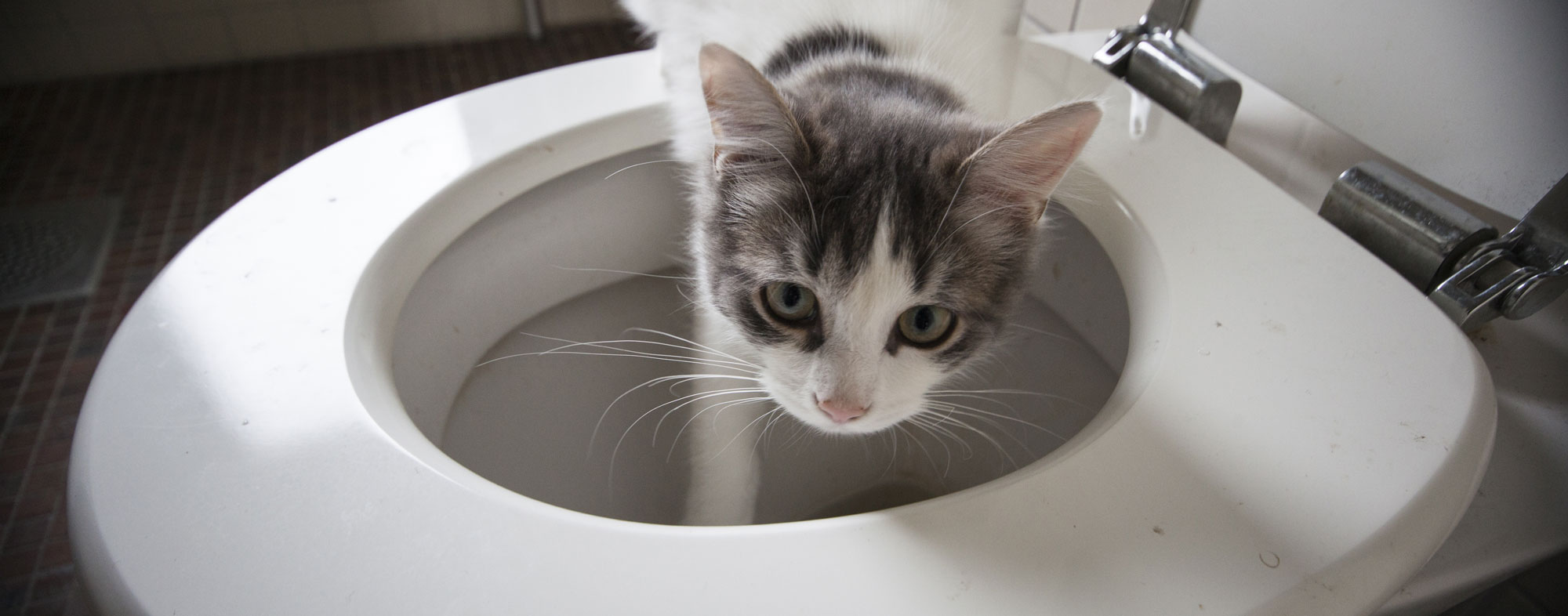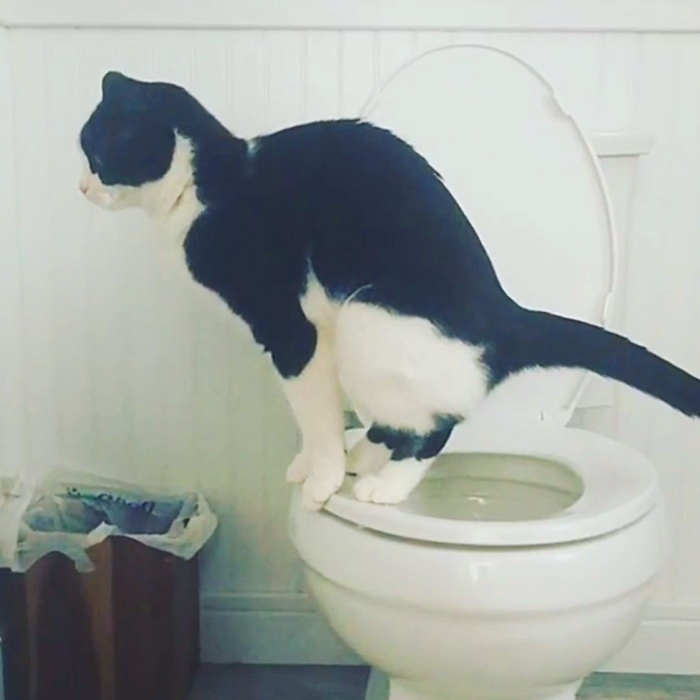Discovering Why Animal Waste Needs to Not Be Flushed Down the Toilet
Discovering Why Animal Waste Needs to Not Be Flushed Down the Toilet
Blog Article
On this page underneath you might get additional incredibly good help and advice involving Can You Flush Dog and Cat Poo Down the Toilet?.

When it comes to taking care of waste, particularly animal waste, many individuals commonly consider the hassle-free option of flushing it down the bathroom. Nevertheless, this apparently easy solution can have significant effects for the atmosphere and public health. In this write-up, we'll check out why flushing animal waste down the toilet is a negative concept and give alternate methods for proper disposal.
Introduction
Appropriate garbage disposal is critical for preserving ecological sustainability and public health. While it might appear harmless to purge animal waste down the commode, it can cause numerous problems, both for the atmosphere and human well-being.
Dangers of flushing animal waste
Ecological influence
Flushing pet waste presents unsafe bacteria and microorganisms into rivers, which can adversely affect marine ecological communities. These pathogens can contaminate water resources and injury aquatic life, disrupting fragile communities.
Public health concerns
Pet waste includes unsafe germs such as E. coli and Salmonella, which can pose significant wellness threats to humans. Flushing animal waste down the commode can contaminate water supplies, bring about the spread of diseases and infections.
Alternatives to flushing
Rather than flushing pet waste down the toilet, there are numerous different disposal approaches that are much more eco-friendly and sanitary.
Composting
Composting animal waste is a green method to dispose of it. By composting, raw material is broken down into nutrient-rich soil, which can be utilized to fertilize click here gardens and plants.
Garbage dump disposal
Getting rid of pet waste in a land fill is another option. While not as eco-friendly as composting, it is a more secure choice to flushing, as it prevents the contamination of water sources.
Animal garbage disposal systems
There are specialized family pet garbage disposal systems offered that safely and hygienically get rid of animal waste. These systems usually utilize enzymes to break down waste and eliminate odors.
Steps to correct animal garbage disposal
To ensure correct disposal of animal waste, adhere to these actions:
Scooping and landing waste
Consistently scoop and bag pet waste making use of biodegradable bags. This avoids waste from contaminating the atmosphere.
Making use of marked waste bins
Dispose of bagged animal waste in assigned waste containers, such as compost bins or landfill bins. Prevent flushing it down the commode whatsoever costs.
Cleansing litter boxes and animal locations routinely
Routinely clean can and animal areas to avoid the accumulation of waste and microorganisms. Usage pet-safe cleansing items to keep hygiene.
Benefits of correct disposal methods
Embracing correct disposal methods for animal waste uses several advantages:
Minimized environmental pollution
Correct disposal approaches reduce the danger of environmental pollution, protecting waterways and environments from contamination
Decreased threat of water contamination.
By avoiding flushing pet waste down the commode, the danger of water contamination is dramatically minimized, guarding public health.
Improved sanitation and hygiene
Appropriate disposal methods advertise better sanitation and health, developing a much safer environment for both people and pets.
Verdict
Finally, purging animal waste down the bathroom is dangerous to the setting and public health. By adopting alternative disposal approaches and complying with correct waste monitoring methods, we can decrease the adverse effect of animal waste and add to a cleaner, much healthier planet.
What To Do With Dog Poo – The Do's And Don'ts Of Disposing Of Faeces
Dog poo bins
Some councils provide dedicated dog waste bins in popular dog-walking areas that can take dog poo that has been bagged but you can legally dispose of dog waste in any public litter bin, as long as it is securely bagged. This also applies to your wheelie bin at home.
Do not flush
Water companies do not recommend flushing dog faeces down the toilet because certain parasites can survive the water processing treatment and are potentially harmful to humans. You should also never consider flushing dog poo that has been bagged down the toilet as the bags will not break down and instead create severe blockages in the sewage system.
In the woods
The Forestry Commission promotes a ‘stick and flick’ method for dealing with waste in the woods. This means finding a stick and using it to flick any poo from off the path so that it is out of the way of other walkers. You could also bury it as long as it is not in an area where there might be livestock.
Livestock
Parasites found in dog poo can be transmitted to livestock if they inadvertently eat infected faeces that has been left on grazing land. This could result in the death of sheep or abortion in cattle so you should always make sure you pick up your dog’s waste in fields where livestock could be present.

Routinely clean can and animal areas to avoid the accumulation of waste and microorganisms. Usage pet-safe cleansing items to keep hygiene.
Benefits of correct disposal methods
Embracing correct disposal methods for animal waste uses several advantages:
Minimized environmental pollution
Correct disposal approaches reduce the danger of environmental pollution, protecting waterways and environments from contamination
Decreased threat of water contamination.
By avoiding flushing pet waste down the commode, the danger of water contamination is dramatically minimized, guarding public health.
Improved sanitation and hygiene
Appropriate disposal methods advertise better sanitation and health, developing a much safer environment for both people and pets.
Verdict
Finally, purging animal waste down the bathroom is dangerous to the setting and public health. By adopting alternative disposal approaches and complying with correct waste monitoring methods, we can decrease the adverse effect of animal waste and add to a cleaner, much healthier planet.
What To Do With Dog Poo – The Do's And Don'ts Of Disposing Of Faeces
Dog poo bins
Some councils provide dedicated dog waste bins in popular dog-walking areas that can take dog poo that has been bagged but you can legally dispose of dog waste in any public litter bin, as long as it is securely bagged. This also applies to your wheelie bin at home.
Do not flush
Water companies do not recommend flushing dog faeces down the toilet because certain parasites can survive the water processing treatment and are potentially harmful to humans. You should also never consider flushing dog poo that has been bagged down the toilet as the bags will not break down and instead create severe blockages in the sewage system.
In the woods
The Forestry Commission promotes a ‘stick and flick’ method for dealing with waste in the woods. This means finding a stick and using it to flick any poo from off the path so that it is out of the way of other walkers. You could also bury it as long as it is not in an area where there might be livestock.
Livestock
Parasites found in dog poo can be transmitted to livestock if they inadvertently eat infected faeces that has been left on grazing land. This could result in the death of sheep or abortion in cattle so you should always make sure you pick up your dog’s waste in fields where livestock could be present.

We hope you enjoyed reading our piece on 4 Reasons Why Dog Poop Cleanup is Important. Thanks a lot for taking time to read our blog post. Do you know somebody who is sincerely interested in the topic? Take a moment to share it. Thanks a lot for being here. Revisit us soon.
Website Report this page